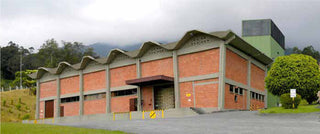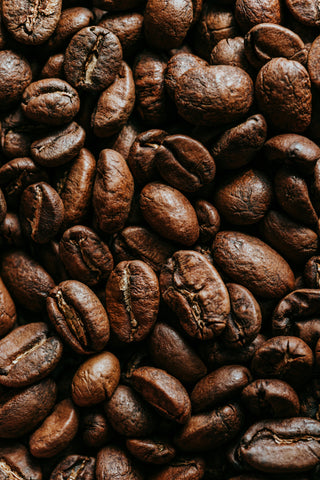The do coffee difference
Producing genuinely great coffee is time consuming and labour intensive. It requires relentlessly high standards at every step of the process: at the farm, during the decaffeination process, roasting, quality control, and by the barista. By specialising we are able to direct all our time and effort into making decaf and low-caffeine coffee that are outstanding, rather than being an afterthought.

Sourcing
Specialty coffee roasters spend a huge amount of time sourcing and roasting samples of green coffee from importers. For every green coffee that a roaster buys, dozens have been sample roasted, evaluated and rejected.
When we were looking to source our first decaf, we cupped 22 decafs from various regions and decaffeination processes. Of these 22, only bought one- San Antonio Sugarcane Decaf. For this reason we don't offer a large range of decafs, only those that meet our exacting standards.

The Decaf process
How green coffee is decaffeinated matters. Of the two most common processes used in specialty coffee, Swiss Water Process and the Sugarcane Process, we prefer for the Sugarcane Process for two reasons:
- Colombia has a Sugarcane Process plant, Descafecol, which means that high quality Colombian coffee can be decaffeinated locally, maintaining freshness. By contrast, the only Swiss Water plant is located in Canada.
- The Sugarcane EA Process is gentler, maintaining the sugars and cellular structure of the coffee.

roasting
Much like sourcing, we invest a lot of effort into fine tuning the roast degree of our decaf coffees to find the elusive sweet-spot where the inherent strengths and characteristics of the coffee shine the brightest. Part of the secret lies in knowing when and how to apply the heat to optimise the development of the coffee.

Quality control
Once the coffee is roasted, we sort the coffee for defects, either hand-sorting smaller batches or using an automated colour sorter for larger batches. Every batch is then analysed for colour to ensure consistency and that we hit the intended roast degree. Lastly, every batch is cupped to make sure that the coffee is tasting its best.